We may earn money or products from the companies mentioned in this post. This means if you click on the link and purchase the item, I will receive a small commission at no extra cost to you ... you're just helping re-supply our family's travel fund.
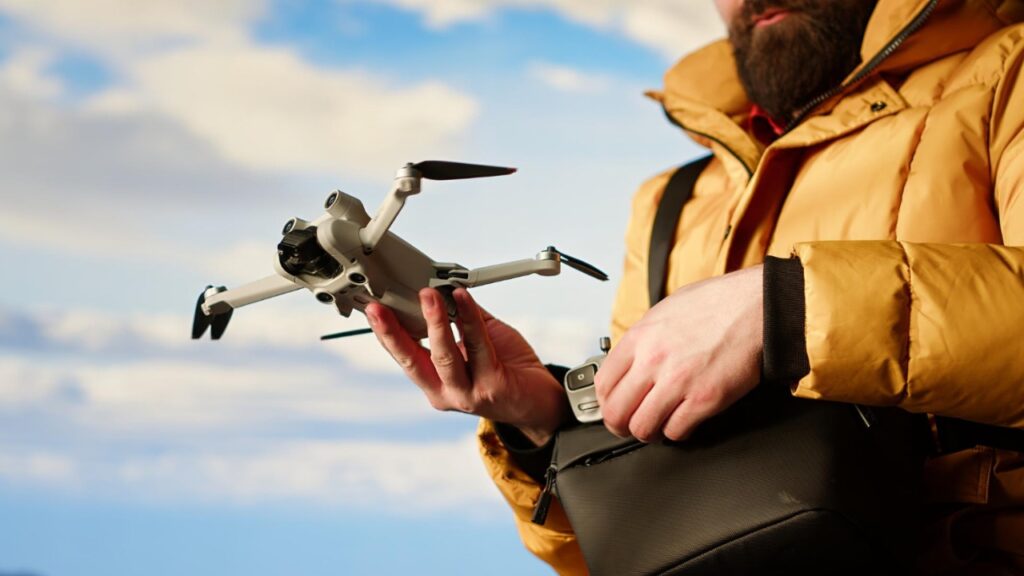
Flying your drone can transform travel photography, capturing breathtaking perspectives you simply can’t get from the ground. But when you venture abroad with your UAV, the rules shift dramatically. What’s perfectly fine in the U.S. might land you in hot water elsewhere. Forget the FAA regulations you know; understanding the unspoken drone rules in foreign lands is crucial for a smooth journey. It’s about respecting local customs, privacy, and sovereignty, ensuring your aerial adventure enhances, rather than hinders, your travel experience.
1. Registration Isn’t Just for You, It’s for Your Drone Too
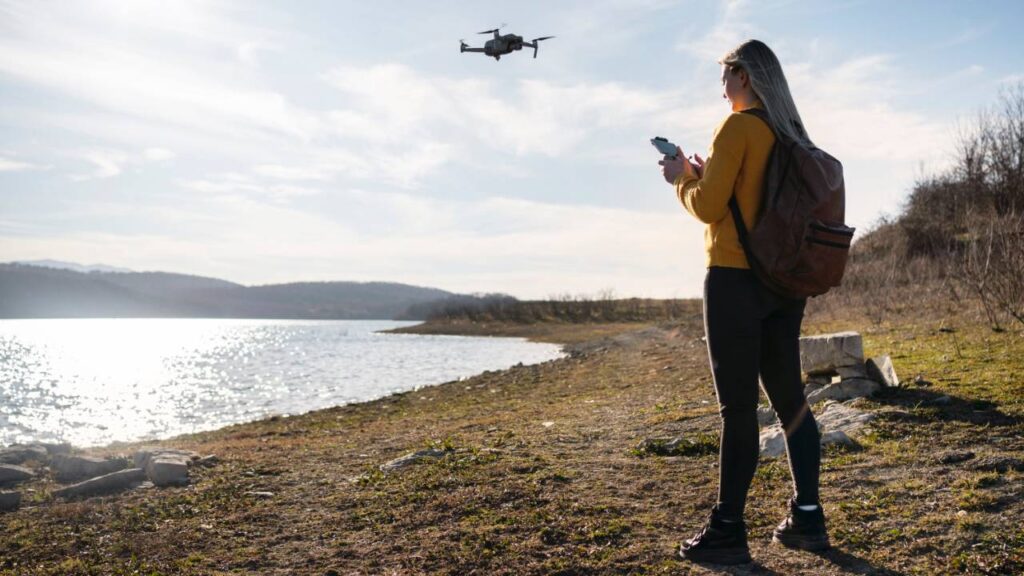
In the U.S., your drone’s weight dictates if it needs registration. Abroad, many countries require all drones, regardless of size, to be registered with their national aviation authority before you even arrive or fly. This often involves providing your personal details, drone serial number, and flight purpose. Failing to pre-register can lead to confiscation, fines, or even being denied entry with your drone, so always check the destination’s specific requirements well in advance of your trip.
2. Commercial vs. Recreational Lines Are Often Blurry
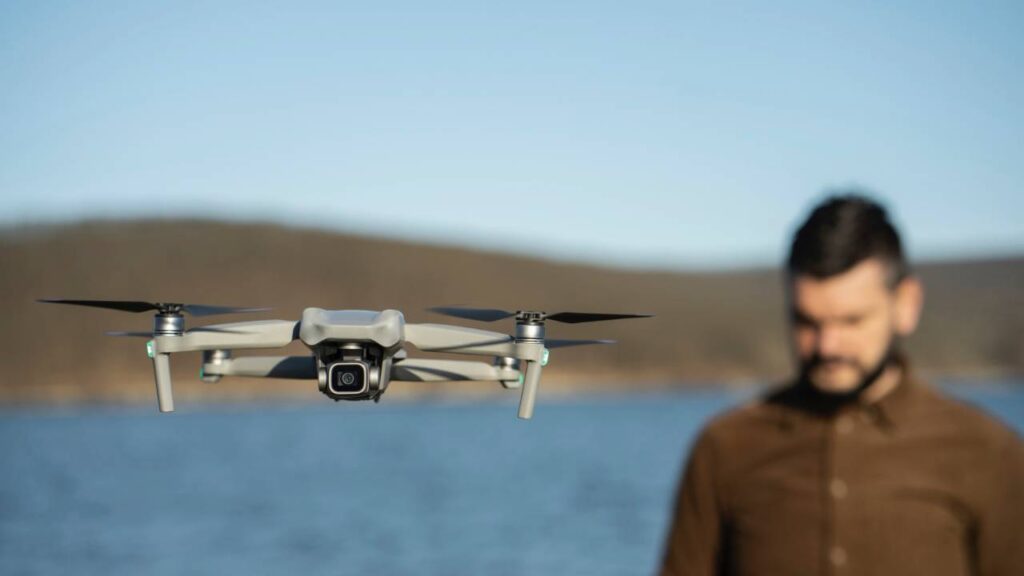
What you consider a “hobby” flight for personal social media might be deemed “commercial” in other nations, especially if your drone captures high-quality footage or you have a large online following. Many countries have strict licensing for commercial operations, which can be difficult or impossible for foreign visitors to obtain. Always err on the side of caution; if there’s any ambiguity, assume it could be considered commercial and research accordingly, as the penalties for commercial violations are often severe.
3. Respecting Privacy Goes Beyond Obvious Signs
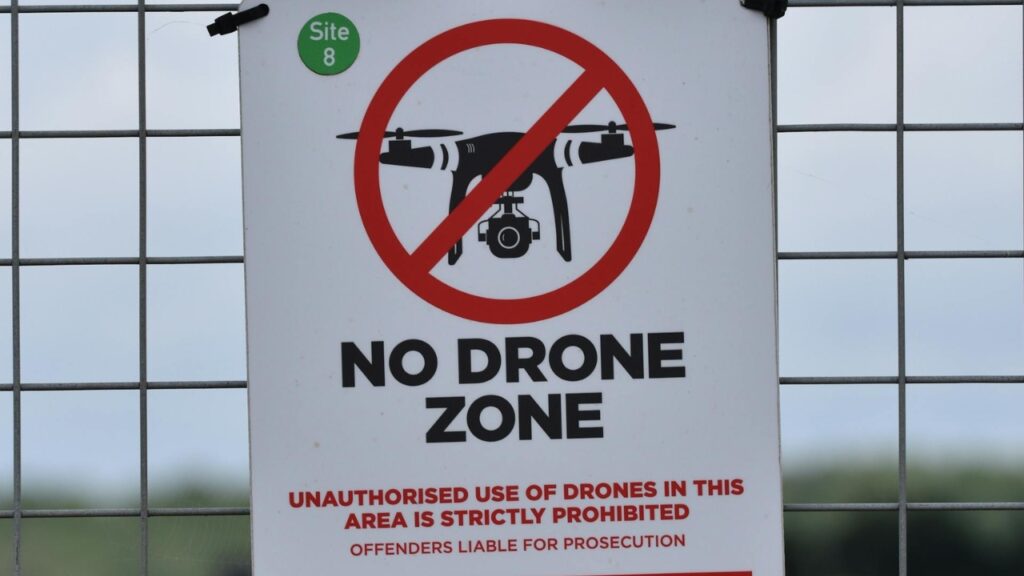
While you might understand basic privacy laws at home, cultural norms around privacy abroad can be vastly different and often unspoken. Flying a drone over private residences, beaches, or even public gatherings might be seen as a profound invasion of privacy, regardless of specific laws. This extends to religious sites, local communities, and even just casual street scenes. Always observe local behavior, seek permission if possible, and prioritize discretion to avoid offense or conflict with residents.
4. Local Authorities Have the Final Say, Not Just Aviation Agencies
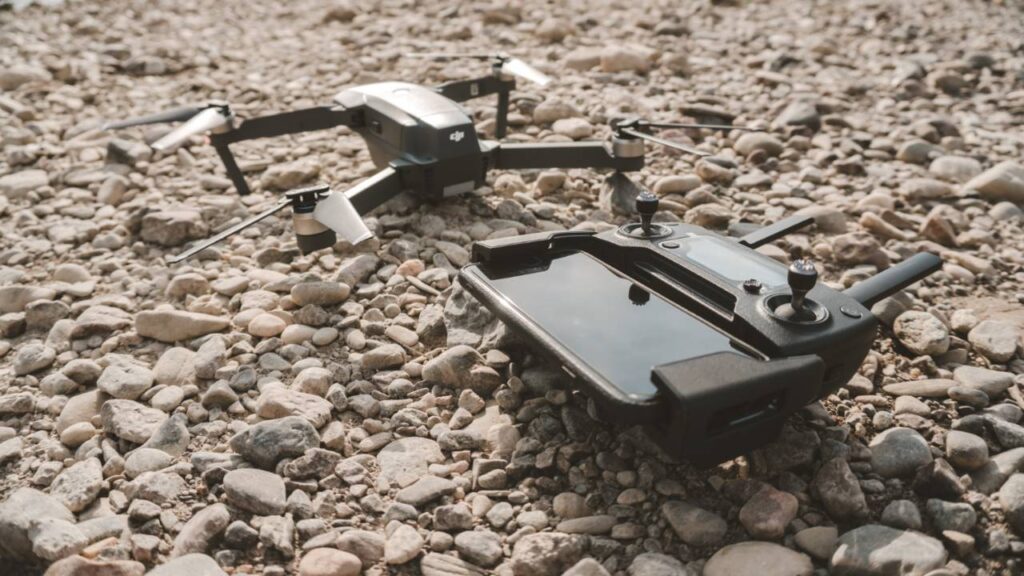
Even if you’ve diligently checked national aviation rules, local police, park rangers, or regional government officials often have their own specific drone ordinances. This could mean no-fly zones around sensitive cultural sites, protected natural areas, or even just busy town squares, regardless of general airspace rules. Research local government websites or tourism boards for additional regulations, as violating these can lead to immediate groundings, fines, or confiscation by authorities on the spot.
5. Insurance Is Not Just a Suggestion; It’s a Shield

While liability insurance for drones might be optional for recreational use in some places, many countries abroad either mandate it or heavily recommend it, especially for foreign pilots. Accidents happen, and if your drone causes damage or injury, you could face significant legal and financial repercussions. Always secure adequate third-party liability insurance that specifically covers drone operations in your destination country, providing you with essential protection against unforeseen incidents.
6. Cultural Sensitivity Around Sacred Sites and People

Flying a drone near ancient ruins, temples, mosques, or other sacred sites is often highly offensive, regardless of official flight restrictions. These places are deeply respected, and the noise or perceived intrusion of a drone can be seen as disrespectful. The same sensitivity applies to local festivals, ceremonies, or indigenous communities. Prioritize cultural awareness over a unique shot; when in doubt, keep your drone packed away and opt for ground-level photography.
7. Customs and Import Regulations for Your Gear
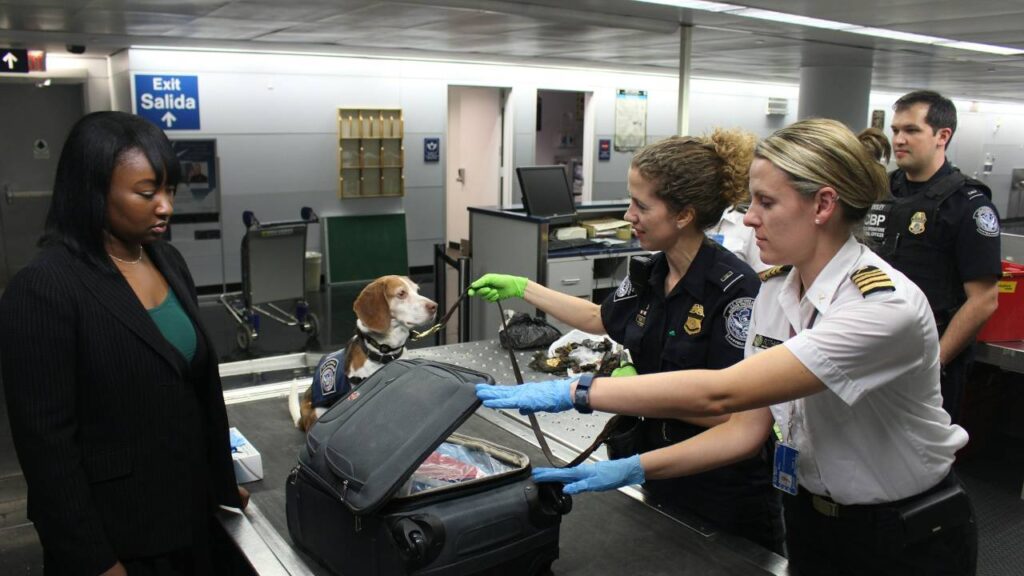
It’s not just about flying; bringing your drone into a country can also trigger specific customs and import regulations. Some nations might require you to declare your drone, pay a temporary import duty, or even have specific permits just to bring the equipment across the border. Research these requirements before you travel to avoid delays, unexpected fees, or having your drone held at customs upon arrival, impacting your entire trip.
8. Wildlife Protection Zones Are Often Unmarked

Many countries have vast, unmarked wildlife protection zones, especially around bird nesting areas, migratory paths, or sensitive animal habitats. Drones can disturb wildlife, causing distress or even abandonment of nests. Always research the local flora and fauna of your destination and assume that any natural area could be a protected zone for wildlife. If you see animals, maintain a respectful distance or avoid flying entirely to prevent unintended harm.
9. Airspace Restrictions Around Infrastructure and Borders
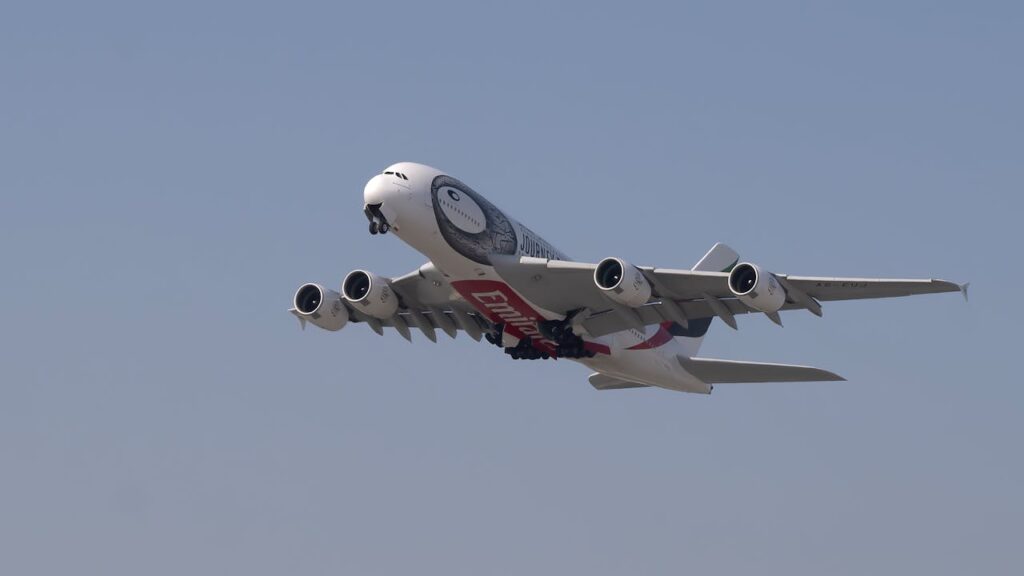
Beyond airports, many countries impose strict no-fly zones around critical infrastructure like power plants, military bases, government buildings, and especially international borders. These zones might not always be clearly marked on public maps. Research is key; flying inadvertently near such an area can lead to severe consequences, including detention, equipment confiscation, and legal charges related to national security. Always double-check official government maps for restricted airspace.
10. Ground-Level Shots Often Win When Flying Isn’t Worth the Risk

Some destinations simply aren’t worth flying in, no matter how dramatic the view might be. Tight alleyways, busy markets, sacred festivals, or dense neighborhoods create safety and privacy concerns that outweigh aerial ambitions. When you choose to keep your drone packed, you discover slower, more personal scenes from the ground—textures, street rhythms, and human details that a wide aerial shot can’t capture. Knowing when not to fly is part of being a responsible traveler.
11. Understanding Local Consequences: From Fines to Confiscation
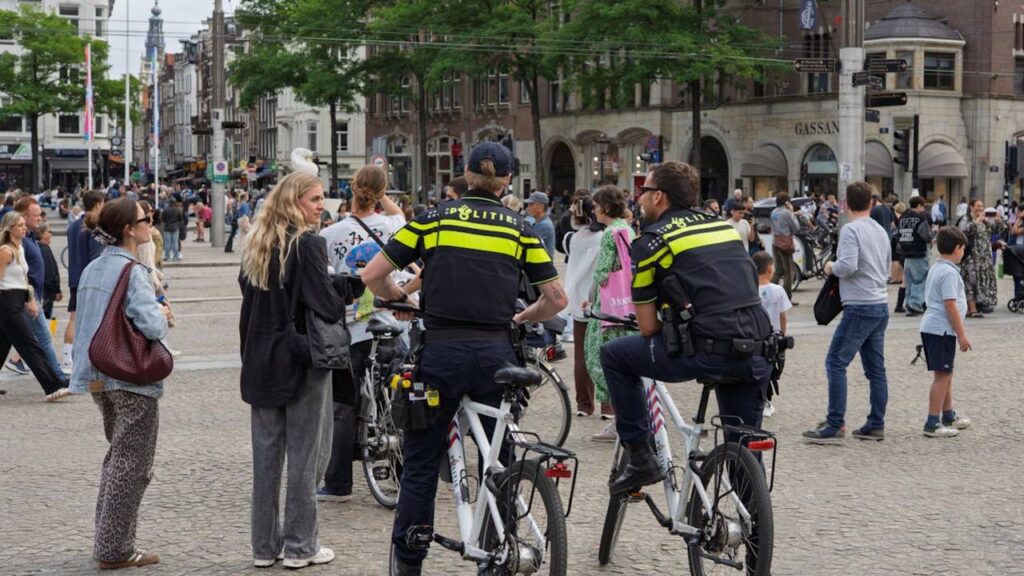
The penalties for violating drone laws abroad can range from simple verbal warnings to hefty fines, drone confiscation, or even arrest and detention. Unlike the U.S. FAA system, where recreational violations might be less severe, foreign jurisdictions can be much stricter. Always understand the potential repercussions in your destination country. When in doubt, it’s always better to keep your drone on the ground than risk legal trouble or permanent loss of your equipment.